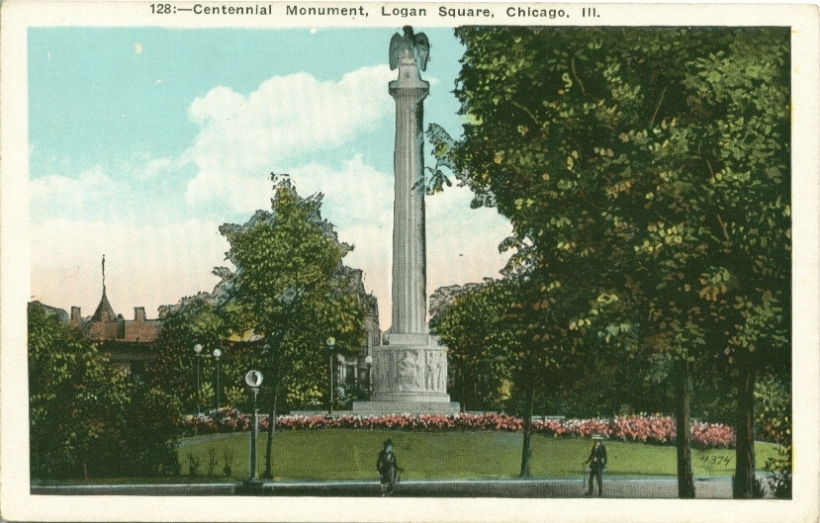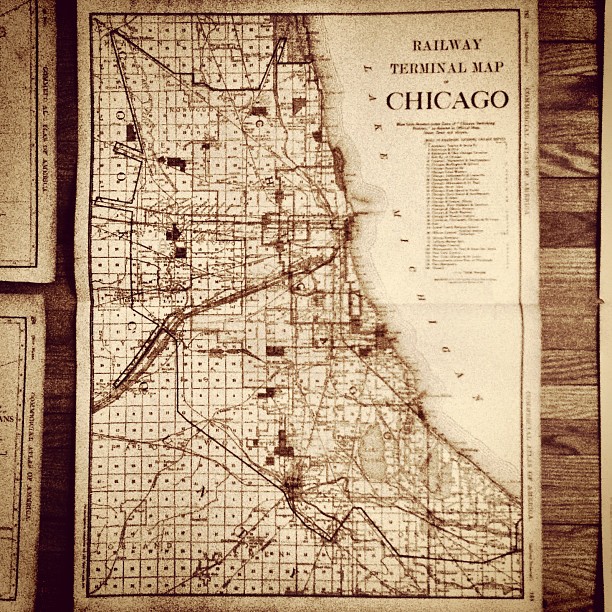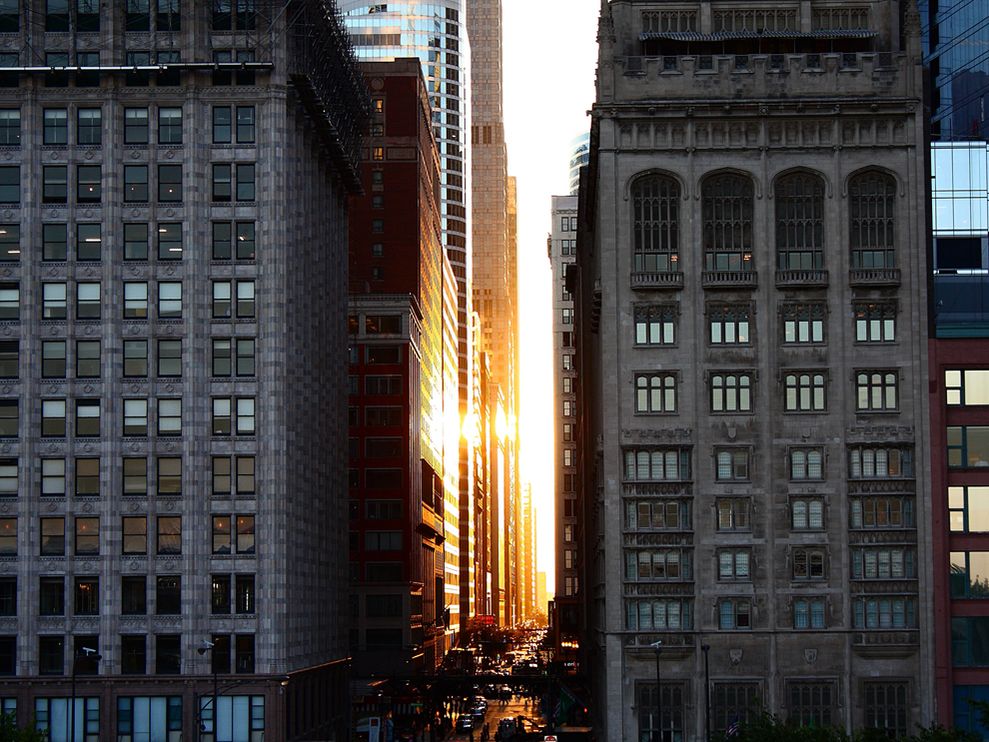David T. Olson, director of church planting for the Evangelical Covenant Church, provides ten reasons to plant churches in his book The American Church in Crisis:
- New Churches lower the age profile of the American church, increase its multiethnicity, and better position the whole church for future changes.
- New churches provide synergistic benefits to established churches. Research shows that denominations that many strong churches have more healthy, growing, established church than those who plant few churches.
- The continued growth of new churches will extend up to 40 years after their start. The grown that occurs in years 10 to 40 is critical for creating a strong base of churches for the future. The mainline denominations have lost the influence of a complete generation of new churches.
- New churches provide a channel to express the energy and ideas of passionate, innovative young pastors. Church planting encourages the development of expansionist gifts of ministry and leadership. Denominations that plant few churches unintentionally focus on training pastors in stabilizing gifts. A denomination needs both stabilizing and expansionists gifts to be both healthy and growing.
- New churches are the research and development unit of God's kingdom. New churches create most of the current models and visions for healthy church life. Healthy cultural adaptations and theological vitality occur more often in a denomination that excels at church planting, because the ferment of new ideas and ministry solutions is more robust.
- New churches are the test laboratory for lay leadership development. Because top lay leadership positions are usually already filled in the parent church, new churches provide a new group of emerging lay leaders the opportunity to grow and develop as primary leaders. In new church plants that do well, most lay members report that being part of the beginning of the new church was one of the defining spiritual events in their life.
- New churches are historically the best method for reaching each emerging new generation. While many established churches have the ability to connect with the younger cohort, each generation also seems to need their own new type of churches that speak the gospel with their own cultural values and communication style.
- New churches are the only truly effective means to reach the growing ethnic populations coming to America. Every people group needs to hear the gospel in a way that makes sense to their culture. It is difficult for established churches to become diverse. Church planting can effectively create both ethnic-specific and multiethnic congregations.
- New churches are more effective than established churches at conversion growth. Studies show that new churches have three to four times the conversion rate per attendee than established churches.
- Because the large majority of Americans do not attend a local church, many more new churches are needed. In 2005, 17.5 percent of Americans attended a local church on any given Sunday. Seventy-seven percent of Americans do not have a consistent connection with an orthodox Christian church. The best and most effective way for the Christian church to keep up with population growth is to start new churches.












